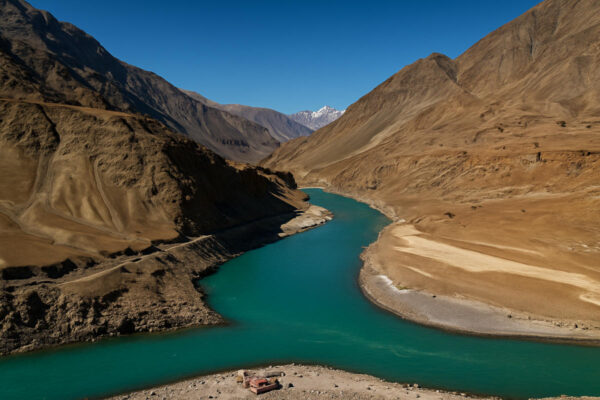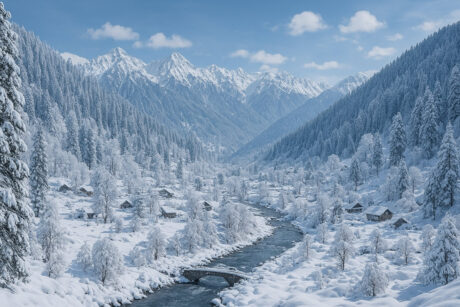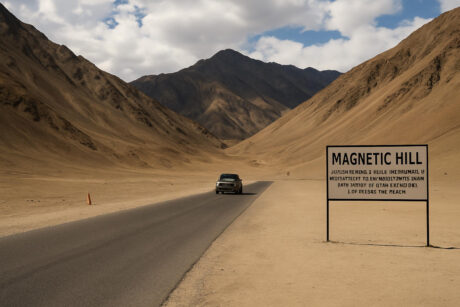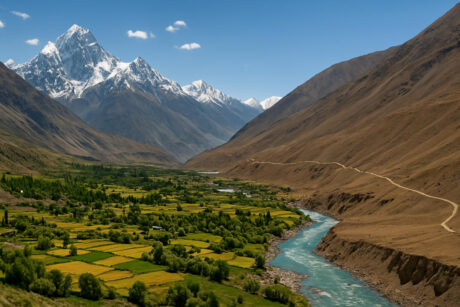Indus River in Jammu and Kashmir : Himalayan Lifeline
The Indus River, one of the longest and most historic rivers in Asia, holds deep geographical, ecological, and cultural significance, especially in Jammu and Kashmir. Originating from the sacred Mansarovar Lake in Tibet, the Indus enters India through the Ladakh region of Jammu and Kashmir and flows through some of the most breathtaking landscapes before entering Pakistan.
Origin and Route in Jammu and Kashmir
The Indus River enters India at Demchok in eastern Ladakh and meanders through remote high-altitude valleys and rugged mountain ranges. Flowing past Leh, it cuts across Zanskar, Kargil, and Baltistan, enriching the arid Trans-Himalayan terrain with its life-giving waters. The river is joined by numerous tributaries such as the Zanskar River, Shyok River, and Gilgit River, forming the vast Indus Basin.
Cultural and Religious Importance
The Indus River is not just a waterway—it is a symbol of ancient Indian civilization. The Indus Valley Civilization, one of the world’s oldest, flourished on its banks. In Ladakh, the river holds spiritual importance for Buddhists, and the Sindhu Darshan Festival in Leh attracts pilgrims and tourists from across the country to celebrate the river’s legacy.
Ecological and Economic Role
In the barren landscapes of Ladakh and other parts of Jammu and Kashmir, the Indus River plays a vital role in agriculture, supporting traditional irrigation systems and sustaining villages along its course. With limited rainfall in the region, glacial meltwater feeding the Indus is essential for crops, livestock, and human consumption. Hydropower projects on the river also contribute to regional energy needs.
Adventure and Tourism
The Indus River is also a magnet for adventure tourism. Rafting on the Indus River in Leh has become a popular activity, offering thrilling experiences with stunning views of the Himalayas. Several camps and eco-tourism initiatives along the riverbanks invite travelers to explore Ladakh’s unique landscape and culture.
Conservation Challenges
Due to climate change and glacial retreat, the Indus River faces serious threats. Decreasing snow cover and glacial volumes can impact water availability in the future. Additionally, overuse and pollution from human activity demand sustainable water management practices in the Indus Basin in Jammu and Kashmir.
The Indus River in Jammu and Kashmir is not just a river—it is a source of life, history, and culture. Whether you’re a nature enthusiast, a spiritual traveler, or an adventure seeker, exploring the Indus and its surrounding landscapes offers a truly unforgettable experience












